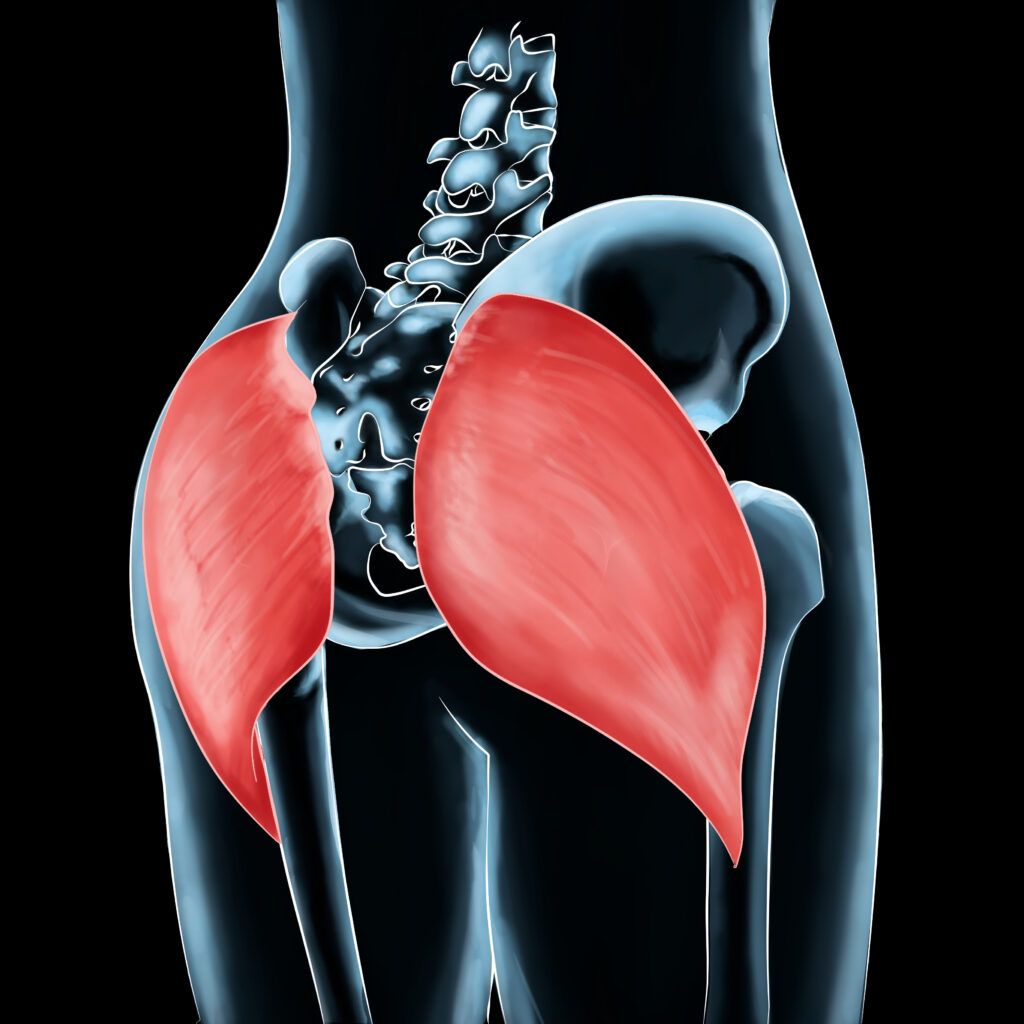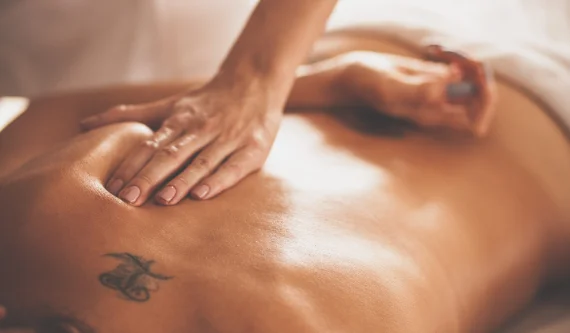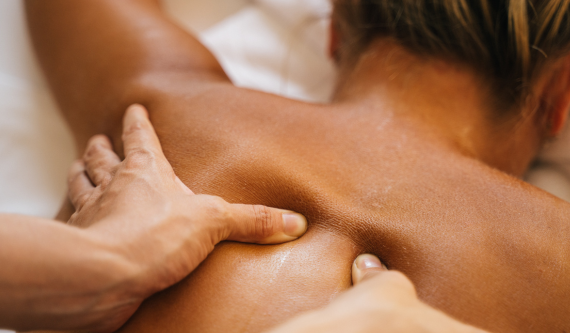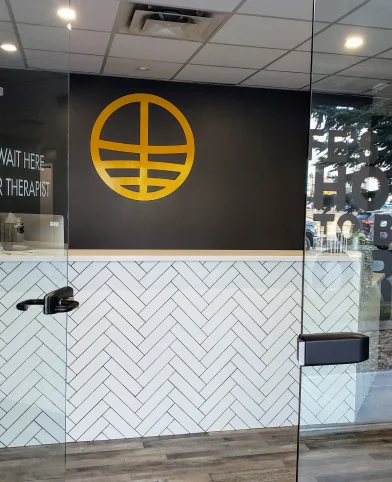The gluteus maximus is not only the largest but also one of the most powerful muscles in the human body, responsible for essential functions like walking, running, climbing stairs, and jumping. It stabilizes the pelvis and supports proper posture, making it critical for both athletic performance and everyday activities.
For active individuals in the Edmonton and Sherwood Park areas, where outdoor sports and fitness routines are a way of life, injuries to this muscle can be particularly debilitating. Whether you’re training for a marathon, enjoying hiking trails, or simply staying active, a gluteus maximus injury can disrupt your routine, limiting mobility, strength, and overall quality of life. Understanding its role and how to prevent and recover from injuries is vital for maintaining an active and pain-free lifestyle.

Common Gluteus Maximus Injuries
The gluteus maximus is a powerhouse muscle, but its crucial role in movement and stability makes it prone to injuries. These injuries often result from overuse, poor technique, inadequate warm-ups, or sudden, intense movements activities like running, weightlifting, or sports. Understanding these common issues is the first step in prevention and recovery:
Strains
Strains occur when the muscle fibers are overstretched or torn, often due to sudden movements or improper form during high-intensity activities. Symptoms include sharp pain, swelling, and difficulty engaging the muscle, which can lead to significant weakness and reduced mobility.
Tightness
Tight gluteus maximus muscles are a common complaint, particularly among those who sit for long periods or engage in repetitive movements. This stiffness can restrict your range of motion, making activities like bending, squatting, or even walking uncomfortable. Left untreated, it may contribute to other issues like lower back or hip pain.
Weakness
Weakness in the gluteus maximus often stems from a sedentary lifestyle, muscle imbalances, or improper training. A weak gluteus maximus not only reduces athletic performance but also increases the risk of injuries by placing excess strain on surrounding muscles and joints, such as the hamstrings, lower back, or knees.
By addressing these issues promptly with proper care, stretching, strengthening exercises, and professional support, you can restore function and reduce the risk of long-term complications. Whether you’re an athlete or simply staying active, a healthy gluteus maximus is essential for performance and injury prevention.
Effective Rehabilitation Strategies
Recovering from a gluteus maximus injury requires a structured approach:
- Rest and Ice: Immediately after injury, rest the affected area and apply ice to reduce inflammation.
- Gentle Stretching: Incorporate stretches like the pigeon pose and seated figure-four to maintain flexibility.
- Strengthening Exercises: Gradually introduce exercises such as squats and lunges to rebuild muscle strength.
- Professional Therapy: Consulting with a registered massage therapist can provide targeted treatments to aid recovery.
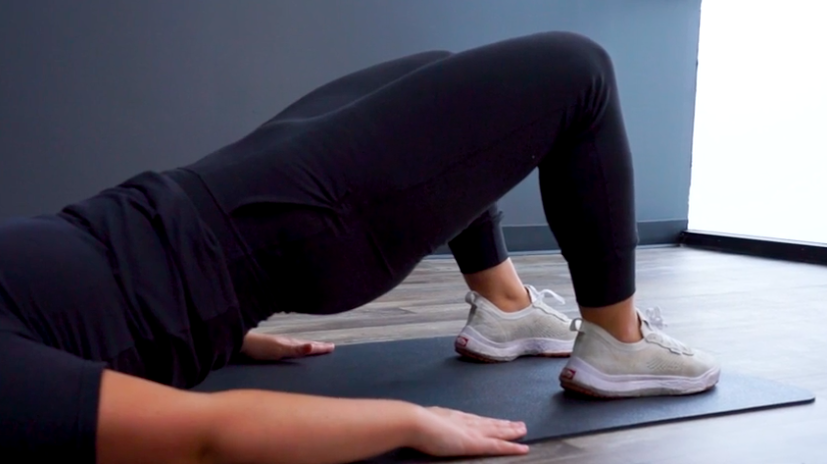
Preventive Measures for Gluteus Maximus Health
Taking proactive steps to prevent gluteus maximus injuries is essential for maintaining an active, pain-free lifestyle. Whether you’re an athlete or enjoy recreational activities, these strategies can help ensure your gluteus maximus stays strong and healthy:
- Warm-Up Properly: A proper warm-up primes your muscles for activity, reducing the risk of injury. Incorporate dynamic stretches, such as leg swings, walking lunges, or hip circles, to increase blood flow and prepare the gluteus maximus for more intensive movements. Avoid static stretching during warm-ups, as it may temporarily reduce muscle strength.
- Maintain Flexibility: Regular stretching keeps the gluteus maximus supple, improving range of motion and reducing injury risk. Add stretches like pigeon pose, seated figure-four, and lunge with a twist to your routine. Foam rolling can also help release tightness in the muscle and improve circulation.
- Strength Training: Strong glutes provide better support for your hips and lower back while enhancing performance in activities like running, jumping, or lifting. Incorporate glute-focused exercises such as hip thrusts, squats, deadlifts, and step-ups into your workout routine. Remember to focus on form and progressively increase resistance to build strength without overloading the muscle.
- Balance Training: Many injuries stem from imbalances in strength or coordination between the glutes and surrounding muscles. Include exercises like single-leg deadlifts or Bulgarian split squats to correct asymmetries and improve stability.
- Mind Your Posture: Long periods of sitting can weaken the gluteus maximus over time. Make a conscious effort to stand, move, or stretch regularly throughout the day to keep the muscle activated and avoid tightness or atrophy.
- Cross-Train: Repetitive motions in a single activity can lead to overuse injuries. Engage in a variety of exercises or sports to evenly distribute stress across muscle groups.
By adopting these preventive measures, you can protect your gluteus maximus, improve overall athletic performance, and reduce the risk of injuries that could derail your active lifestyle.
For professional guidance, treatments like deep tissue massage or myofascial cupping massage offered at Athlete’s Choice Massage can further enhance muscle health and recovery.
Supporting Long-Term Glute Health and Recovery
Caring for your gluteus maximus is essential for maintaining mobility, strength, and overall well-being, particularly for active individuals in the Edmonton and Sherwood Park areas. By understanding the common issues that affect this crucial muscle and adopting preventive strategies like proper warm-ups, flexibility exercises, and strength training, you can minimize the risk of injury and maximize your performance.
If you’re recovering from a gluteus maximus injury or simply want to optimize your muscle health, professional services like sport massage or deep tissue massage can support healing and help prevent future complications. At Athlete’s Choice Massage, our tailored treatments and experienced therapists are here to help you stay active and pain-free.
Taking the time to prioritize your glutes today ensures a stronger, healthier tomorrow. For personalized care, visit our Sherwood Park massage location and experience the benefits of expert therapy.

